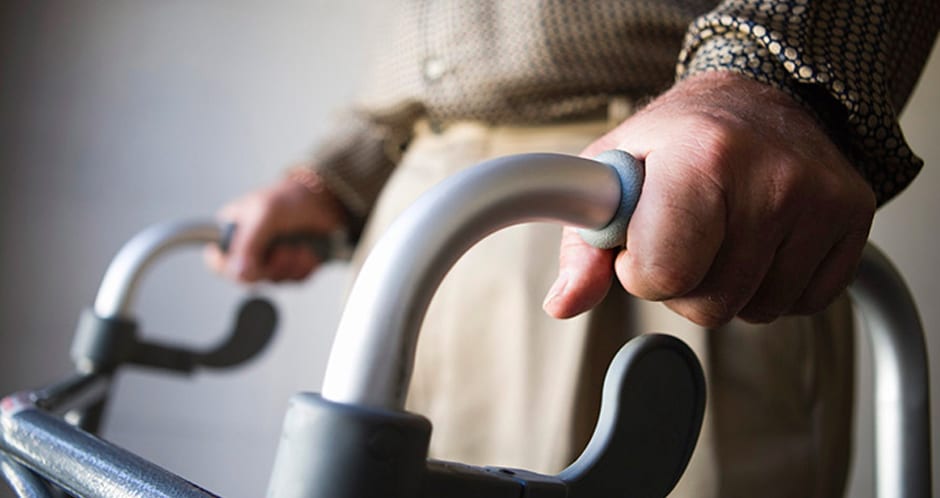
Falls are a serious issue for the elderly. Without the flexibility, muscle and bone strength of the young, many falls lead to injury, loss of independence or in some severe cases, can even trigger a downwards spiral leading to death. It is estimated that one in three people over the age of 65 in Australia fall each year.
According to Dr Francis Bachelor, Deputy Director of Health Promotions and stream leader for Falls and Balance at the National Ageing Research Institute, more research needs to be undertaken in residential aged care to understand why these falls happen and what we can do about them.
A reasonable amount of information has been gathered along with the development of effective interventions to minimise the risk of falls for the elderly in the community (or the home). However, the same cannot be said for elderly people in residential aged care. Falls are more common amongst those in care, with almost half of residents falling each year – that’s approximately 135,000 Australians. This rate of incidence is higher than in the community mainly due to residents in aged care usually being older, frailer, less mobile and more likely to be cognitively impaired.
The alarmingly high incidence of falls in aged care facilities indicates that the elderly are falling regularly, with some falling more than once a day. These events can be exceedingly distressing for everyone – not just for those who fall, but also for carers, family and other residents. Falls in care facilities have been found to be statistically more debilitating than those suffered in the home, with research finding that more than half the falls in residential aged care result in some type of injury.
Although most falls reported are minor, some are far more serious, resulting in injuries such as fractured hips, dislocations and head trauma. These debilitating injuries can result in long periods of downtime and recovery, with serious effects on the sufferer’s quality of life.
Falls Prevention – Colin’s Story by Clinical Excellence Commission
According to Dr Bachelor, falls should not be accepted as inevitable. More research into this area is essential if we are to get to the bottom of this problem and put sound preventative practices into place. High-quality evidence is required to understand how, where and why falls happen in order to better understand and prevent falls. The lack of research has resulted in many aged care facilities – albeit with very good intentions – putting into place strategies that have no real evidence base.
Research into falls in the residential care environment is challenging, but not impossible. Most falls are unwitnessed and residents are not always able to describe their own experience with a fall. Dr Bachelor also indicates that it is difficult to attract funding, difficult to recruit participants and methodology can be complex.
Some ground-breaking research has been carried out, though, providing valuable insights. In Canada, digital surveillance was set up in many rooms in residential aged care to capture footage of falls. The footage clearly identified how and why the falls occur and provided the basis for some falls prevention strategies such as ensuring that furniture and equipment is stable and clutter is minimised.
Given the high incidence of avoidable falls – and the resulting cost to the health care system and impact on the elderly, and those who support them – it is necessary for the government, funding bodies, carers, managers, residents and their families to be educated about the importance of this research.
Dr Bachelor stresses that well-funded, proper research into those living in residential aged care and the issues they face related to falling is critical. Otherwise, we will continue only to offer band-aid solutions to a very serious problem.